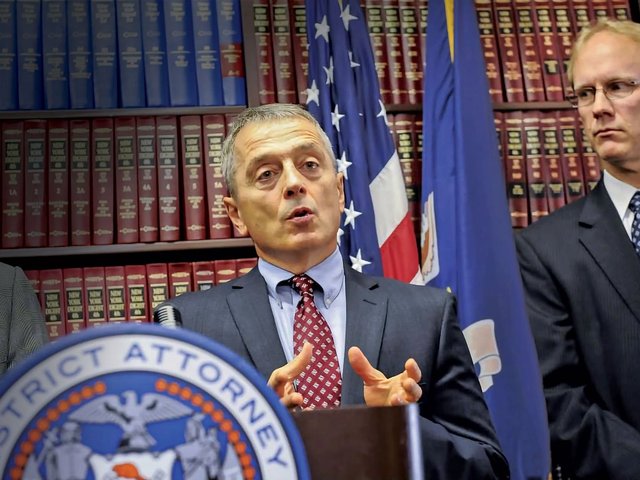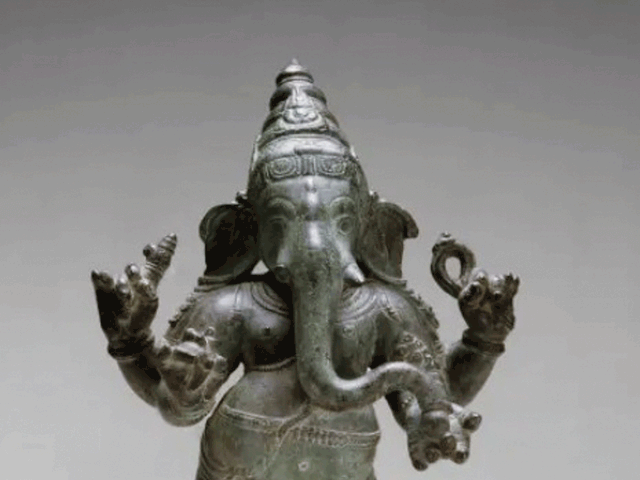A veteran of the Antiquities Trafficking Unit of the Manhattan District Attorney’s Office is now president of the Harvard Law Review. Apsara Iyer, 29 years old and three semesters away from completing her law degree at Harvard Law School, heads a staff of 98 editors. She holds the one-year position previously held by Ruth Bader Ginsburg and Barack Obama.
Iyer brings some valuable and unusual experience to that office. In 2021, she was co-author, with Matthew Bogdanos, of the “Statement of Facts in the Matter of a Grand Jury Investigation into a Private New York Antiquities Collector”, an inventory of objects and dealers associated with Michael Steinhardt, who surrendered 180 objects worth $70m that the New York District Attorney deemed to have been stolen from their countries of origin. Steinhardt, a prominent financier and benefactor of museums, was banned by the court from collecting antiquities, an unprecedented penalty, although he avoided prison time.
“In those 180 works, there were 180 stories,” says Iyer, who took a leave of one year from law school to work on the Steinhardt case. She also worked on cases involving the smuggling of antiquities from India and Cambodia, which ended in guilty pleas from dealers. Before returning to Harvard, she held the job of supervising investigative analyst, a deputy with chief-of-staff duties in the Antiquities Trafficking Unit.
“Issues related to art, trafficked art and stolen art really intersect with a lot of different bodies of law,” she says. “In a role like this [at the Harvard Law Review], you get a bird’s eye view of what the legal academy is doing, and you get to look at a lot of different scholars who are at the cutting edge of different fields.”
For a lot of people who are of my age, we grew up at a moment when we saw first-hand the destruction of cultural heritage and how it intersected with issues like terrorist financing or money laundering
Although Iyer does not promise a reorienting of the Harvard Law Review towards art and antiquities, “there can be an intersection of matters involving illegally exported and stolen art and issues of international law, property law, contract law and criminal law, certainly,” she says. “I see that there’s a learning experience for myself and for others interested in art recovery, and to see the panoply of pieces out there and find a way to draw a connection between those works that are in more recognised fields within the law and the more niche field of art and art trafficking.”
“This is a really evolving field, it’s a field of growing interest, but it’s not one that has received the same level of attention in the academy as other areas like property law,” she adds.
Iyer’s parents were born in India and she grew up in West Lafayette, Indiana. She speaks Hindi and Tamil. As an undergraduate at Yale University, she remembers “so distinctly seeing the ruins of Palmyra being blown up by Isis, and so I think for a lot of people who are of my age, we grew up at a moment when we saw first-hand the destruction of cultural heritage, and what it could look like, and how it intersected with issues like terrorist financing or money laundering”.
“The idea that heritage is something that is at risk and that connects to broader policy issues became really palpable—all you had to do was turn on a TV or go on YouTube. You could see what antiquities trafficking really could be connected to,” she adds.
Iyer also recalled being at Tanesar, a site in Rajasthan in northern India that had been looted, and meeting people who lived nearby. “For them, it wasn’t just an artefact, it wasn’t just a statue, it was part of their heritage,” she says. “And I distinctly remember getting the question there, ‘What are you going to do about this?’ And that was a wake-up call and it led me to the path I took.”





